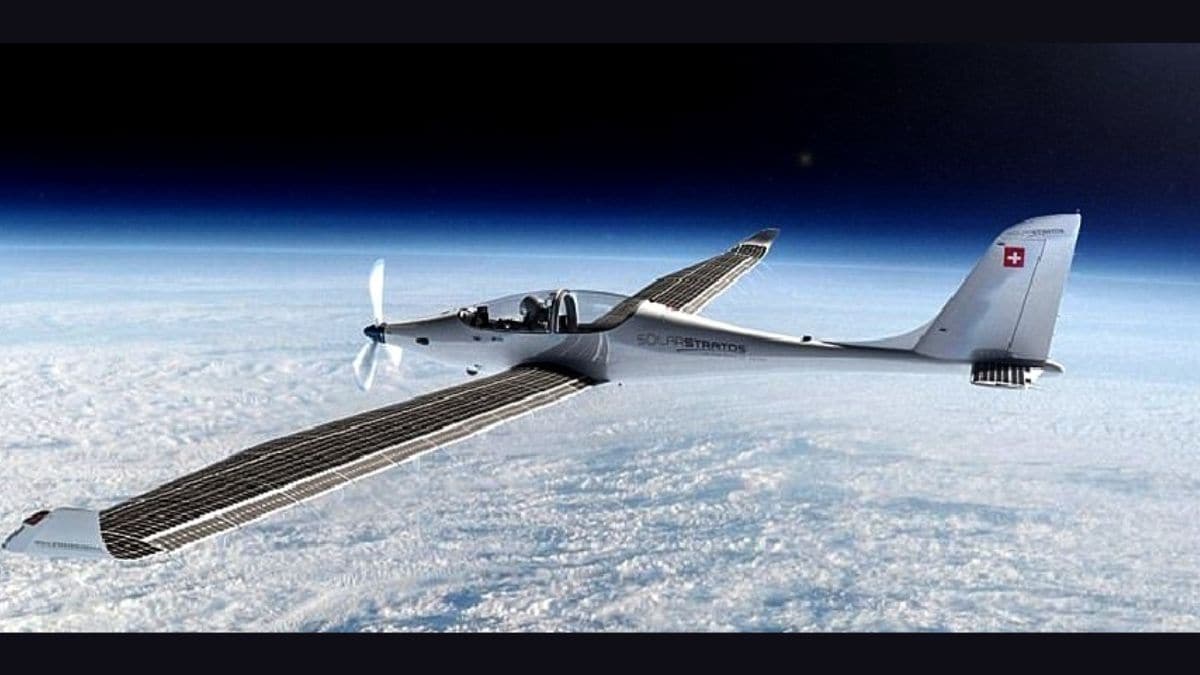Raphael Domjan, Swiss Aviator, came close to reaching the distance of a world record while flying a solar Stratos plane on Sunday. He departed from Sion Airport in Southwestern Switzerland, reaching an altitude of 8224 meters; it lasted for four hours. Domjan, tagged as an eco-explorer for his aviation focus, and is known for his eco-friendly ambitions. According to him, achieving a height of more than 10,000 meters is still a dream for him to come true soon, hopefully.
Raphael Domjan Sets New SolarStratos Altitude Record
As per TechExplore, In 2010, Andre Borschberg set the record for the highest flight in a solar plane for 9,235 meters as a Swiss pilot flying the Solar Impulse. Domjan won't just break the record of Borschberg but also intends to fly to the same altitude just like commercial jets. The challenge is as important as Solar Stratos has a boundary on the altitude that it can reach and while relying on solar power only.
The Road to 10,000 Meters: A Green Aviation Dream
Prior to this attempt, Domjan completed a practice flight on July 31, reaching an altitude of 6,589 meters, which was a record for the SolarStratos. Last Friday, he attempted a flight, but the thermals which usually aid in altitude gain were absent. He decided to turn back to conserve battery power for future attempts.
Earlier this week, conditions proved more favorable, leading to a new record altitude for the SolarStratos. As an innovation, the plane has solar panels on its 24.8-meter wings, which power its batteries. During the flight's solar charging cycle, the plane's batteries will automatically recharge to full. Domjan and his team are preparing for the next record attempt to make sure it will be a guaranteed success.
Asked about the 10,000 meter target, Domjan believes it is a target which will be achieved only by relentless attempts. For him, it is about the achievement, and an achievement only possible through determination and resilience on the aviations of the future as a green revolution.

Comments
Post a Comment